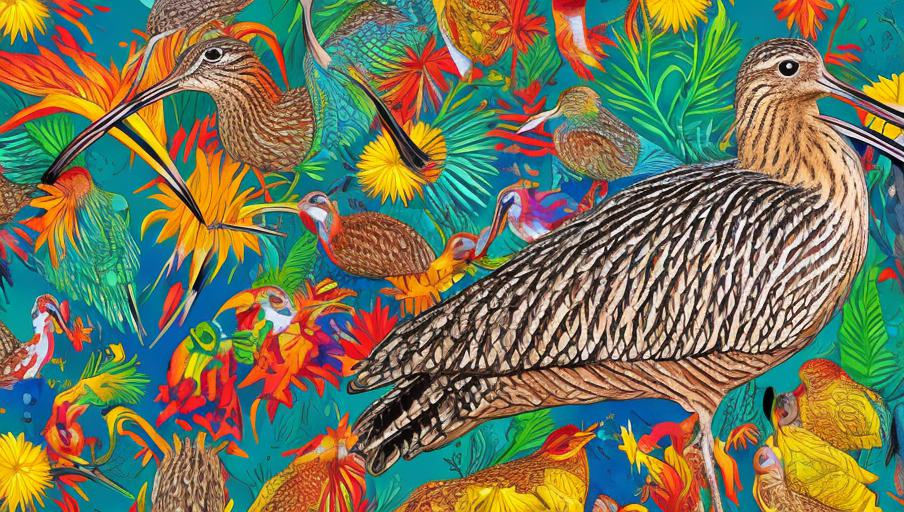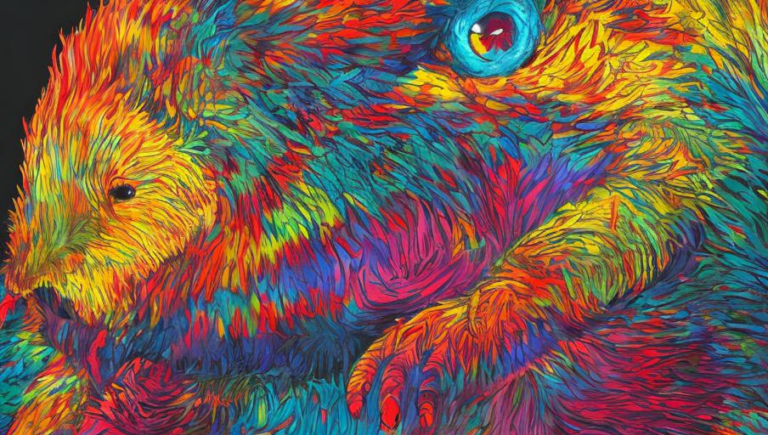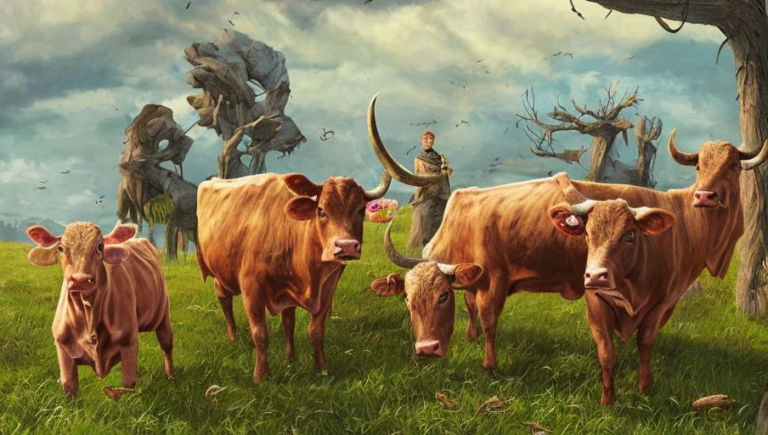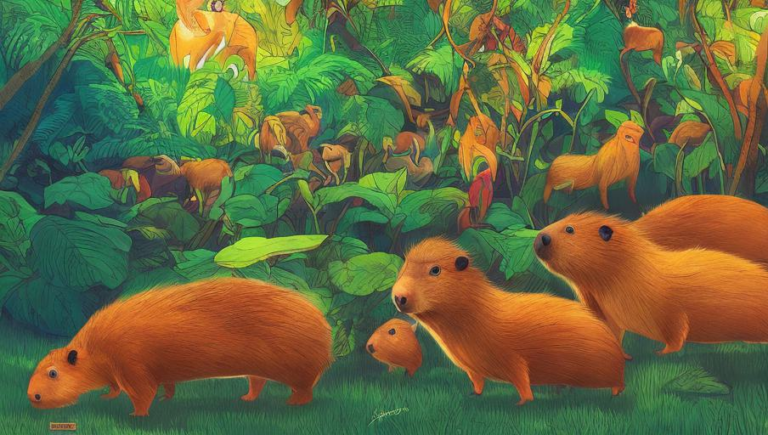Exploring the Migration Patterns of the Curlew

Exploring the Migration Patterns of the Curlew
One of the most intriguing birds in the world is the curlew, a large species of wading birds with long, curved bills. These birds are migratory, traveling vast distances around the world in search of food and suitable habitats. During their migration, curlews can cover thousands of miles and travel to some of the most remote areas of the world. They have been recorded traveling from their breeding grounds in northern Europe and Asia to Africa, India, and even Australasia.
The migration of the curlew is an incredible journey that has been studied for centuries. Scientists have learned a great deal about the birds’ movements and the factors that influence them. For example, they have discovered that the curlew’s migration is heavily influenced by the availability of food and the changing environmental conditions. The birds are also able to use the earth’s magnetic field to orient themselves during their journey.
Breeding Grounds
The curlew’s migration begins in the Arctic tundra, where the birds spend their summers breeding and raising their young. These areas are typically found in northern Europe and Asia, including Siberia and Scandinavia. In the autumn, when the days become shorter and the temperatures drop, the curlews begin their long journey south.
Wintering Grounds
Curlews migrate to different parts of the world for the winter. The most common wintering grounds for these birds are in Africa, India, and Australasia. The birds usually migrate in flocks and can cover thousands of miles in a single journey. They often travel along the coastlines and use the earth’s magnetic field to orient themselves. Once they reach their wintering grounds, they will spend the winter months feeding and resting before the long journey back in the spring.
Factors that Influence Migration
The migration of the curlew is affected by a variety of factors, such as the availability of food and changing environmental conditions. When food is scarce in the breeding grounds, the birds will migrate farther south in search of more plentiful resources. They also tend to migrate further if the temperatures drop too low or if the weather becomes too severe.
The curlew’s migration is a remarkable feat, and scientists continue to study the birds’ movements and the factors that influence them. By understanding the curlew’s migration patterns, conservationists and researchers can better protect the birds and their habitats.





